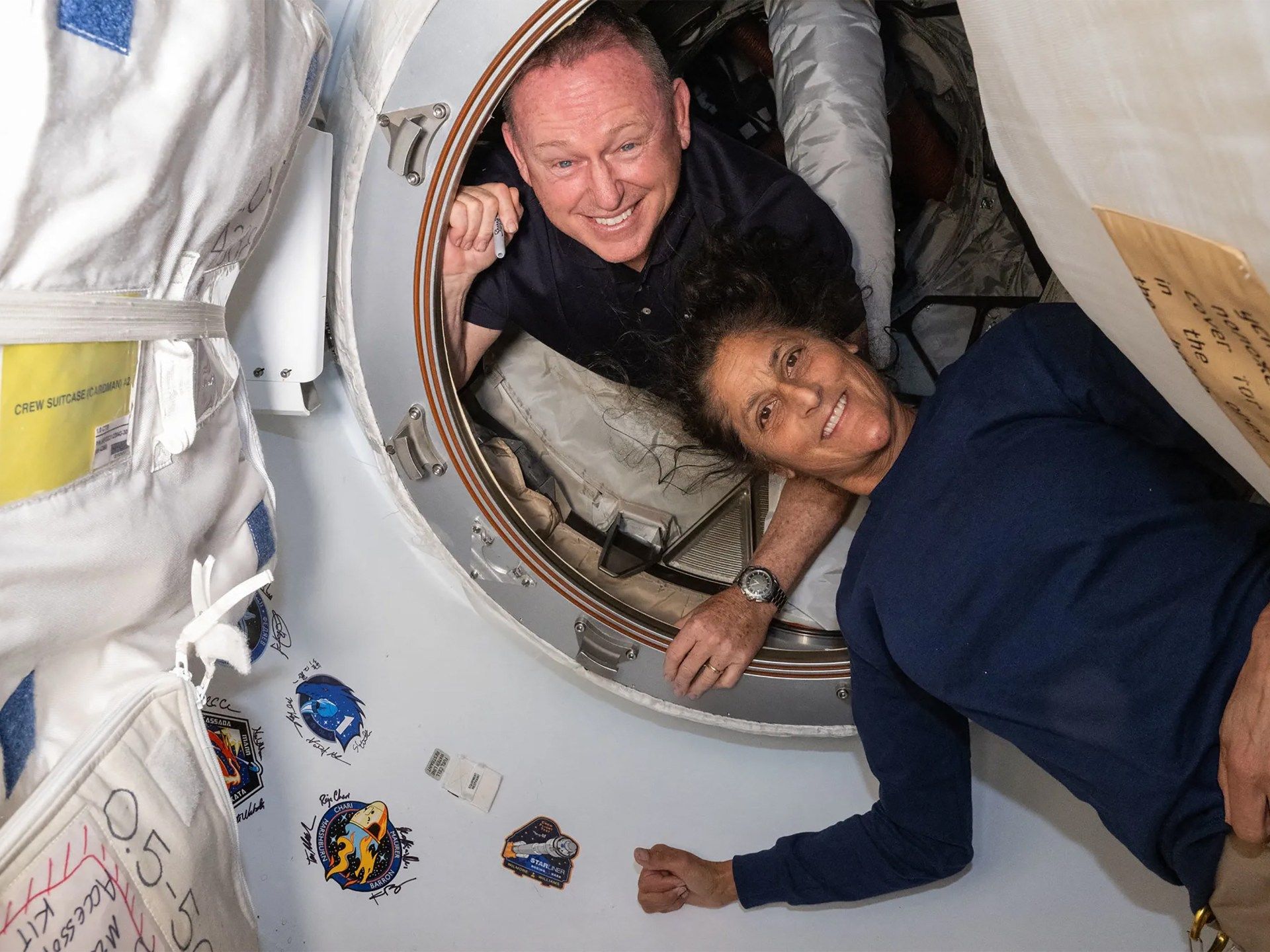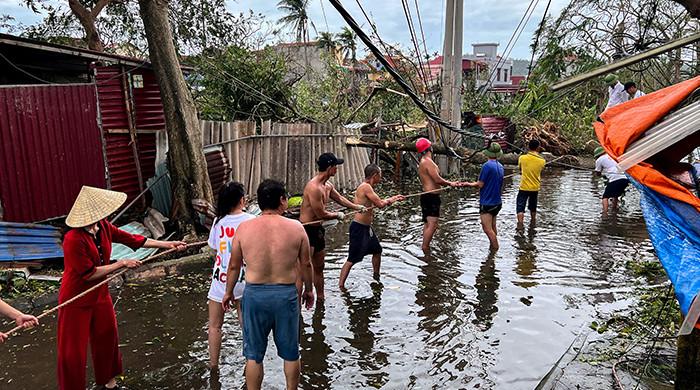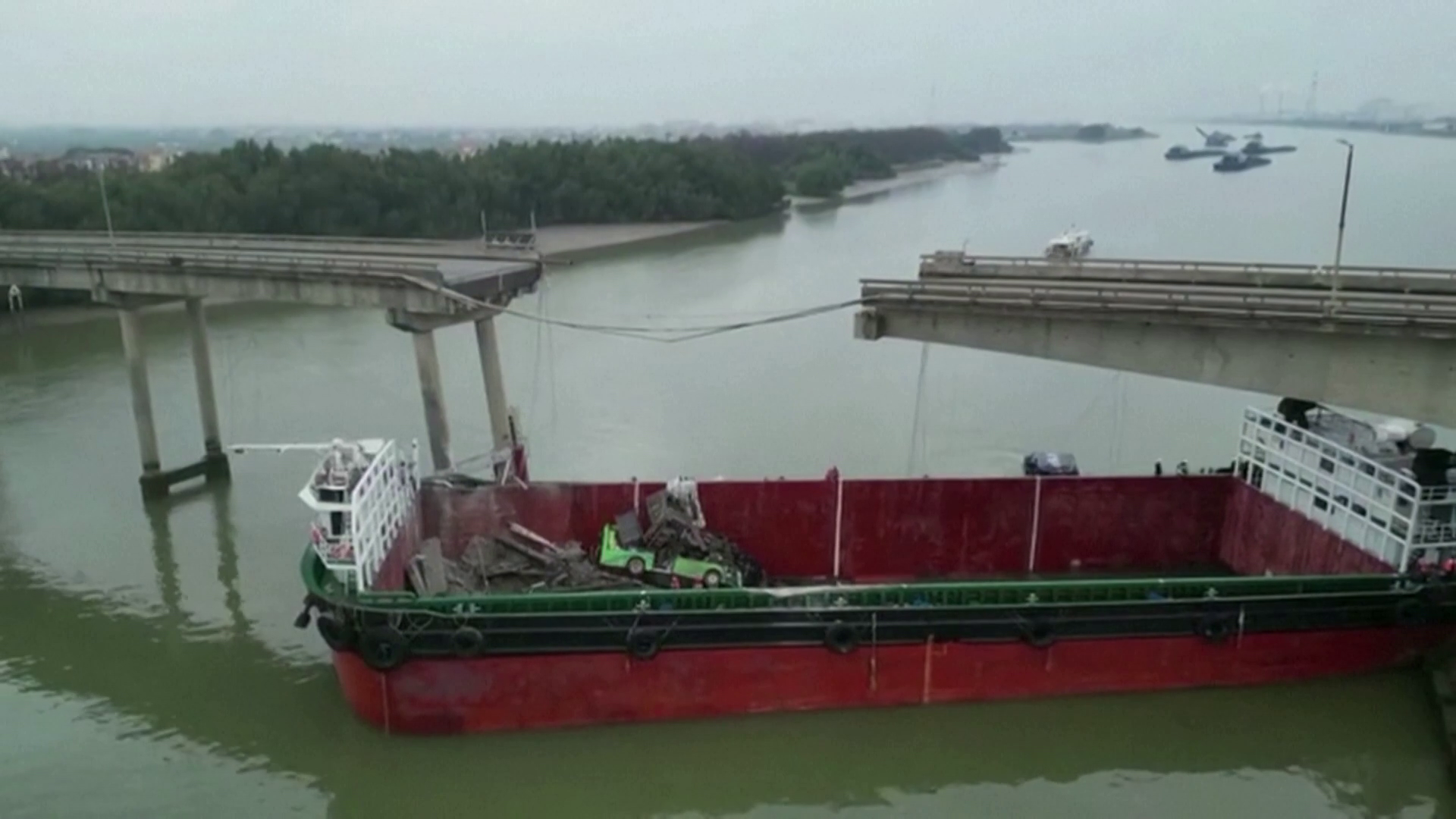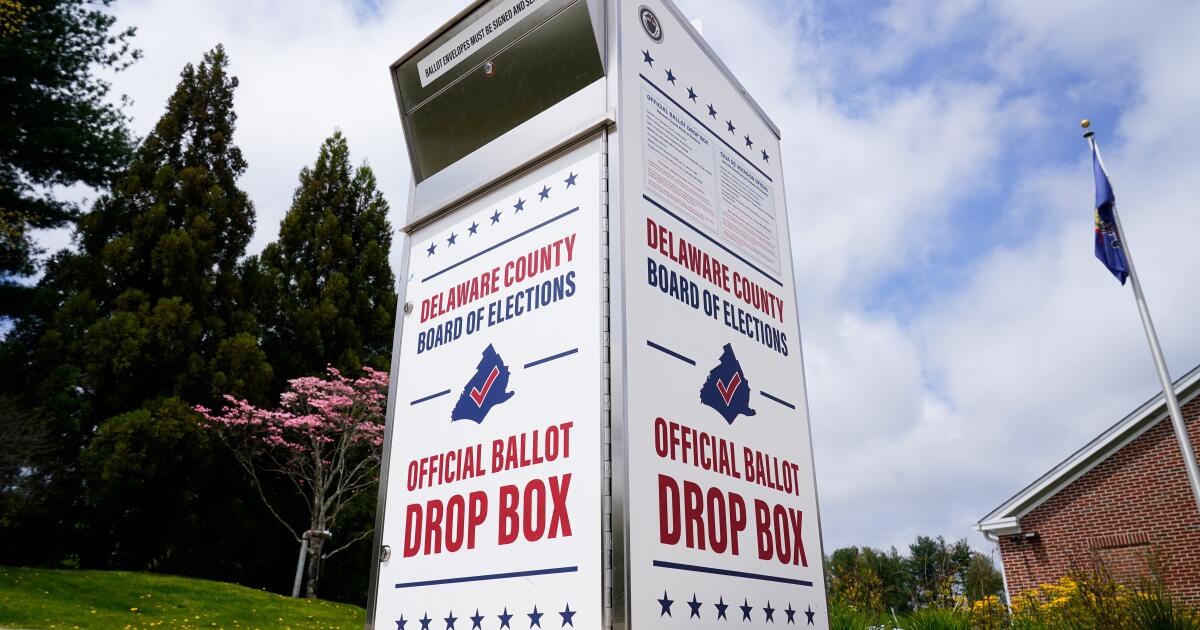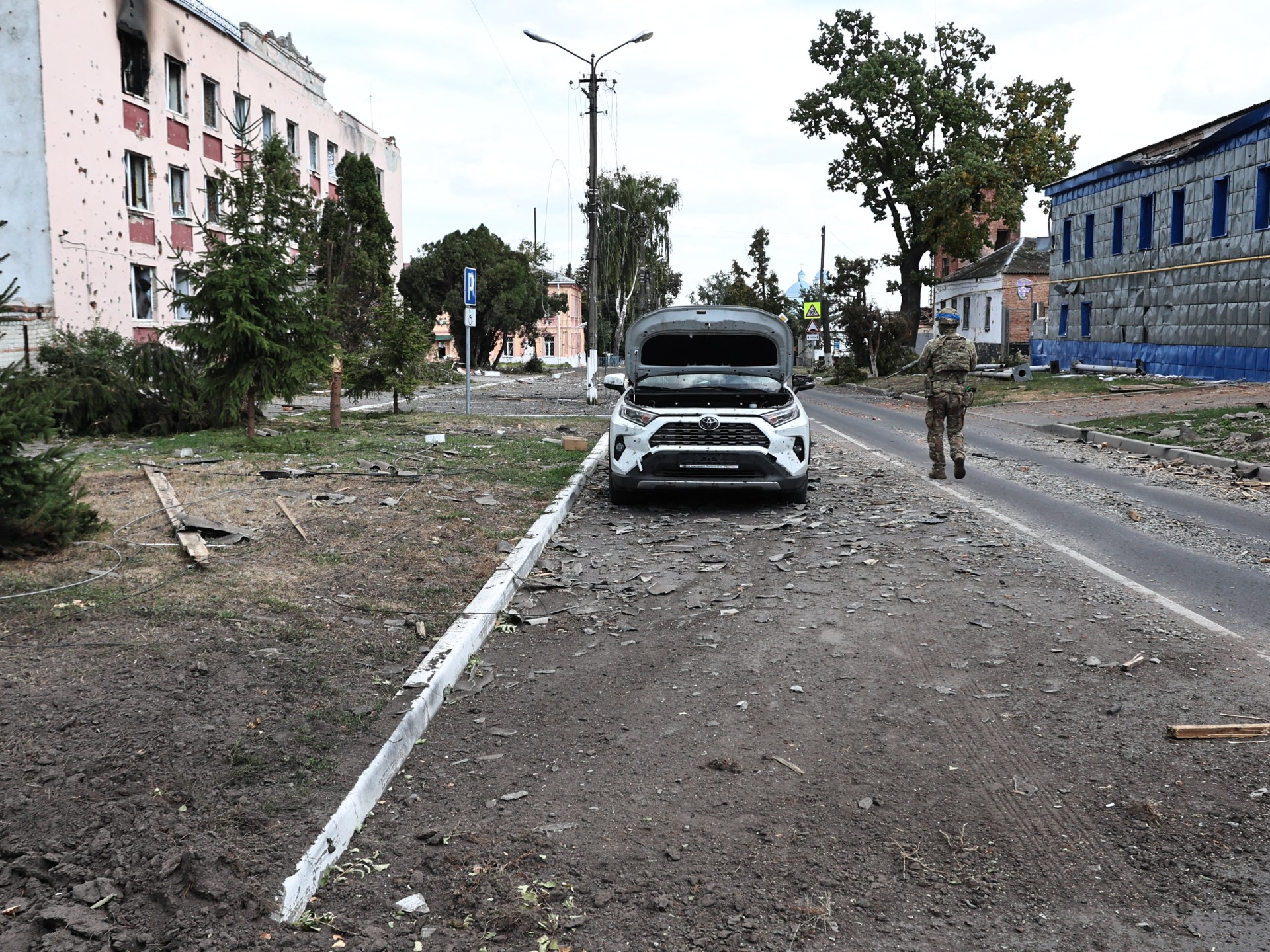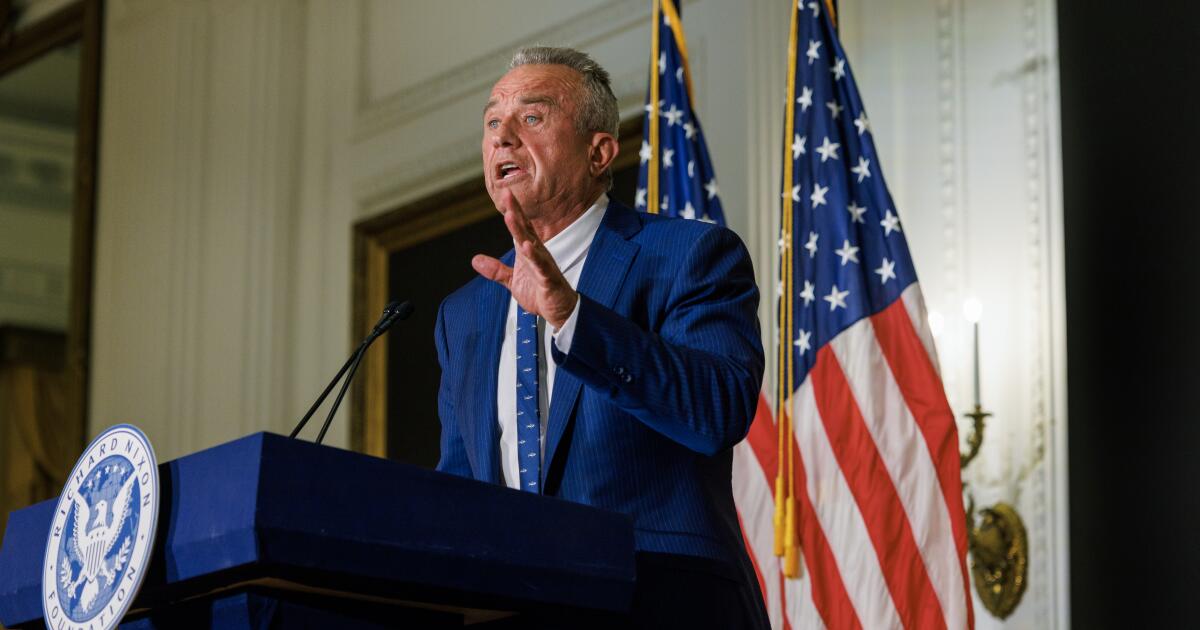Barry Wilmore and Sunita Williams were stranded after problems arose with Boeing's Starliner spacecraft.
NASA has said it will decide by the end of the month how to bring home two astronauts who were stranded on the International Space Station (ISS) when their Starliner spacecraft malfunctioned.
Barry “Butch” Wilmore and Sunita “Suni” Williams blasted off to the ISS on June 5 as the crew of the first crewed flight of the Boeing-built Starliner.
They were supposed to be in space for eight days, but found themselves stranded on the ISS after the Starliner's thrusters failed.
At a news conference on Wednesday, NASA said it was still analyzing data from the thrusters but would have to make a decision soon. Thrusters are crucial to keeping the capsule in the right position as it descends from orbit.
“We're getting to a point where we really should be making a call in that last week of August, if not sooner,” said Ken Bowersox, associate administrator for NASA's Space Operations Mission Directorate.
Security chief Russ DeLoach added: “We don’t have enough information or data to make any kind of simple, clear calculation.”
NASA must decide whether to use the Starliner or a spacecraft from SpaceX, owned by Elon Musk.
If the space agency were to choose SpaceX, they could potentially launch their scheduled Crew-9 mission to the ISS on Sept. 24 with just two astronauts instead of the usual four.
The Crew Dragon capsule could then return to Earth with Wilmore and Williams in February 2025, which would be a major setback for Boeing.
Bowersox said the main problem with Starliner was the propulsion system and that NASA had had “very honest discussions” with Boeing about the issue.
Boeing maintains that Starliner could still bring astronauts home safely. Earlier this month, the company published a list of tests performed on the boosters in space and on the ground since liftoff.
NASA's chief astronaut, Joe Acaba, said Wilmore and Williams had prepared for the mission knowing the potential risks.
“Human spaceflight is inherently risky, and as astronauts, we accept that as part of the job,” he said. “As professional astronauts, they are prepared for this and are doing very well.”
Wilmore, the mission commander, had spent 178 days in space before the Boeing mission, while Williams, the pilot, had 322 days under her belt.
There is currently a four-seat SpaceX capsule docked to the ISS, but there are also four other astronauts on the space station in addition to Wilmore and Williams.
In 2014, Boeing and SpaceX were awarded multi-million dollar contracts to fly NASA astronauts to the ISS following the end of the space shuttle program in 2011.
SpaceX successfully launched its first crewed test in 2020 and has since flown dozens of astronauts.

